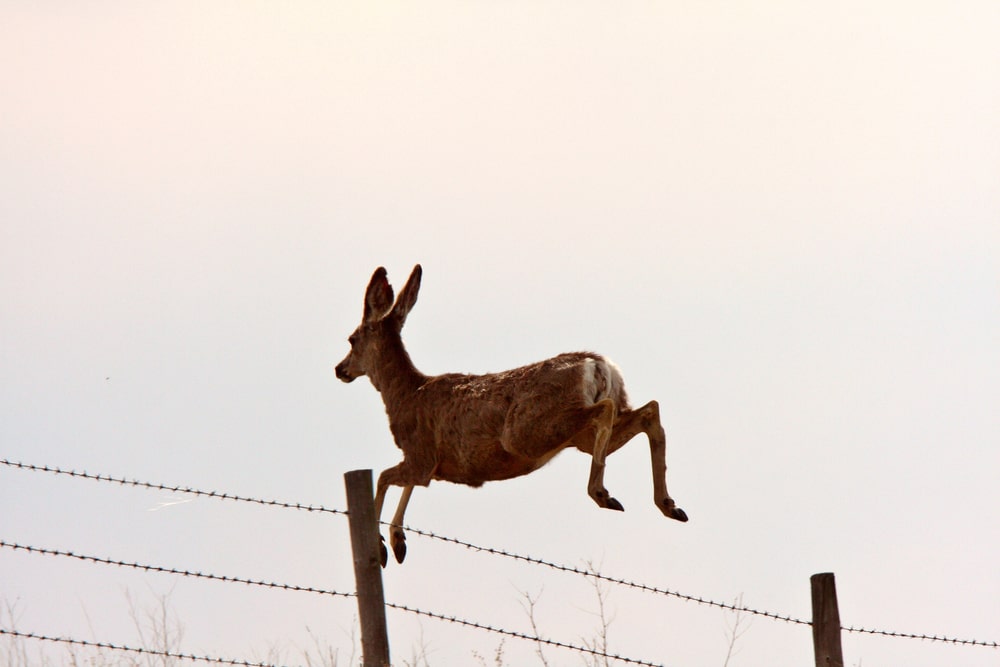In the delicate balance between human habitation and the natural world, fences often serve as a critical demarcation. They provide security and privacy for homeowners while also deterring wildlife from encroaching into human spaces. However, constructing fences can unintentionally harm wildlife, disrupting their natural movements and even physically hurting them. As responsible stewards of our environment, it's imperative that we consider methods of building fences that serve human needs and prioritize the safety and well-being of wildlife.
Here are some key strategies for building fences that effectively deter wildlife while minimizing harm:
Avoid Spike Toppers on Aluminum Fences
Traditional spike toppers on aluminum fences may seem an effective deterrent against wildlife, but they can pose serious risks. These sharp protrusions can injure animals that attempt to climb or jump the fence. It’s more dangerous than you might imagine. Some homeowners even find deer dead on their spiked aluminum fences. Instead, opt for safer alternatives such as rounded or blunt toppers that still serve as a deterrent without posing a threat to wildlife.
Install Chain Link Fencing Knuckles Up
The installation method of chain link fencing can significantly impact its effectiveness in deterring wildlife. By installing the fencing with the knuckles facing upwards rather than the traditional twist-up method, you remove the sharp edges that can cut wildlife and minimize entanglements. This simple adjustment ensures that wildlife can safely interact with the fence without risking injury.
Opt for Taller Fences
In areas where wildlife activity is prevalent, taller fences provide a more effective barrier against intrusion. Fences that are at least 8 feet tall are less likely to be scaled by animals, reducing the likelihood of conflicts between humans and wildlife. Additionally, fences with steel frames offer durability and resilience, capable of withstanding impacts from larger animals without compromising their integrity.
Privacy Slats for Added Security
Privacy slats integrated into chain link fences not only enhance privacy for homeowners but also serve as an effective deterrent against wildlife. By obstructing the view into the enclosed area, wildlife is less likely to be attracted to potential sources of food or shelter within the property. This simple addition can significantly reduce the incidence of wildlife intrusion while maintaining the aesthetic appeal of the fence.
Secure Food Sources with Enclosed Areas
One of the primary reasons wildlife may be attracted to residential areas is the presence of accessible food sources such as compost heaps, trash bins, and food scraps. To deter wildlife effectively, block access to these tempting resources by enclosing them within secure areas. Locking, covering, or concealing food waste and compost can help minimize odors that attract wildlife, reducing the likelihood of conflicts.
Building fences that deter wildlife requires careful consideration of both human needs and environmental impact. By implementing strategies such as avoiding spike toppers, installing fences with wildlife-friendly orientations, opting for taller structures, incorporating privacy slats, and securing food sources, homeowners can create barriers that effectively deter wildlife while prioritizing their safety and well-being. Through responsible fence construction practices, we can coexist harmoniously with wildlife, fostering a healthier and more sustainable environment for all.
Read More:


